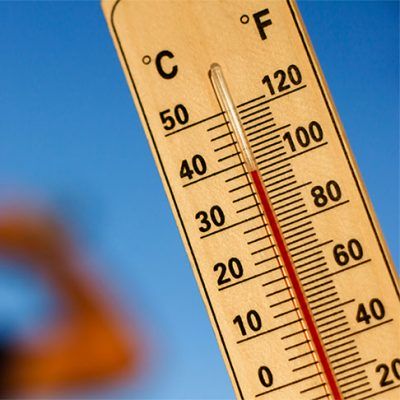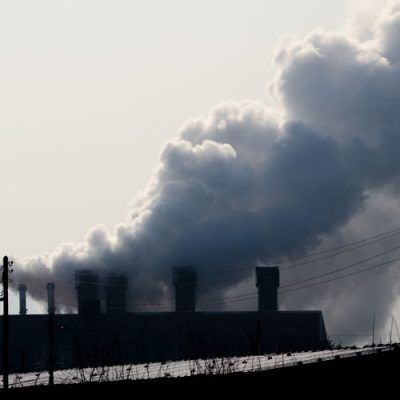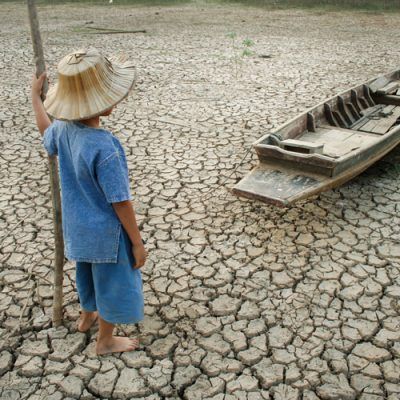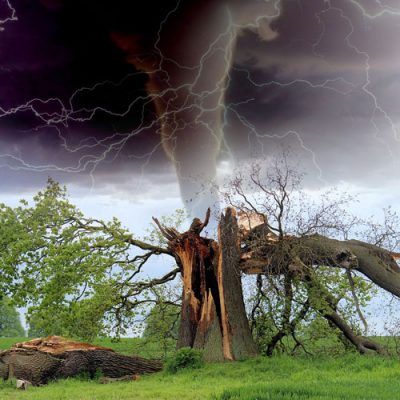Myth
The climate was changing a long time ago. The temperature rises for natural reasons.
Fact
The climate is influenced by many factors. Natural factors are, for example, the activity of the Sun, changes in the Earths orbit, volcanoes.
Human factors include emissions of greenhouse gases and sulphur aerosols and changes in land use. The action of only natural factors over the past decades would cause cooling.



Myth
Science has a divergent view of global warming.
Fact
The official voice of all the worlds major scientific organisations that deal with climate research and the Academies of Sciences is that people cause global warming.
According to 97% of climatologists who actively publish climate articles, the climate is getting warmer, and this is causing human activity.

Myth
Carbon dioxide emissions from human activities are not relevant.
Fact
There is a balance in nature: CO2 emissions, for example from the oceans or from decomposition of vegetation, are balanced by absorption also by ocean and vegetation.
Man disrupts this because our industrial emissions are not balanced by absorption, neither natural nor industrial.



Myth
Global warming – this is due to the disappearing ozone layer.
Fact
The effect of ozone concentration in the ozone hole on the amount of radiation reaching the Earth’s surface is small. The ozone depletion may mean warming or cooling depending on local conditions.
Additionally, numerous satellite measurements and ground-based observations prove that around 1995 the ozone layer stopped disappearing and the temperature continued to rise.

Myth
Carbon dioxide is not a pollutant
Fact
Too much CO2 in the atmosphere can be considered pollution, for example due to ocean acidification. The main argument, however, is its contribution to the greenhouse effect.
The greenhouse effect is a natural phenomenon, but its rapid changes have a very negative impact on agriculture, health and the environment.



Myth
Global warming isn’t all that bad.
Fact
Most climate change will only produce very limited benefits, but can do great harm.
Even a small increase in temperature translates into serious problems for agriculture, water resources and the global economy.
The consequences of climate change are increasing proportionally with each degree increase in temperature.
For example, an increase in the surface temperature of the Earth by + 2°C is a serious problem; an increase of + 4°C is already a disaster; and the consequences of a temperature increase of + 6°C will be unimaginable.

Myth
Extreme weather events are not related to global warming
Fact
Global warming increases the risk of extreme weather events. This is due to the natural mechanisms that regulate the climate.
The increase in the frequency of extreme weather phenomena with increasing temperatures confirms this thesis.































